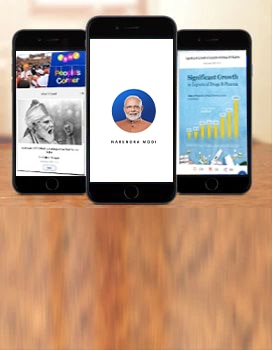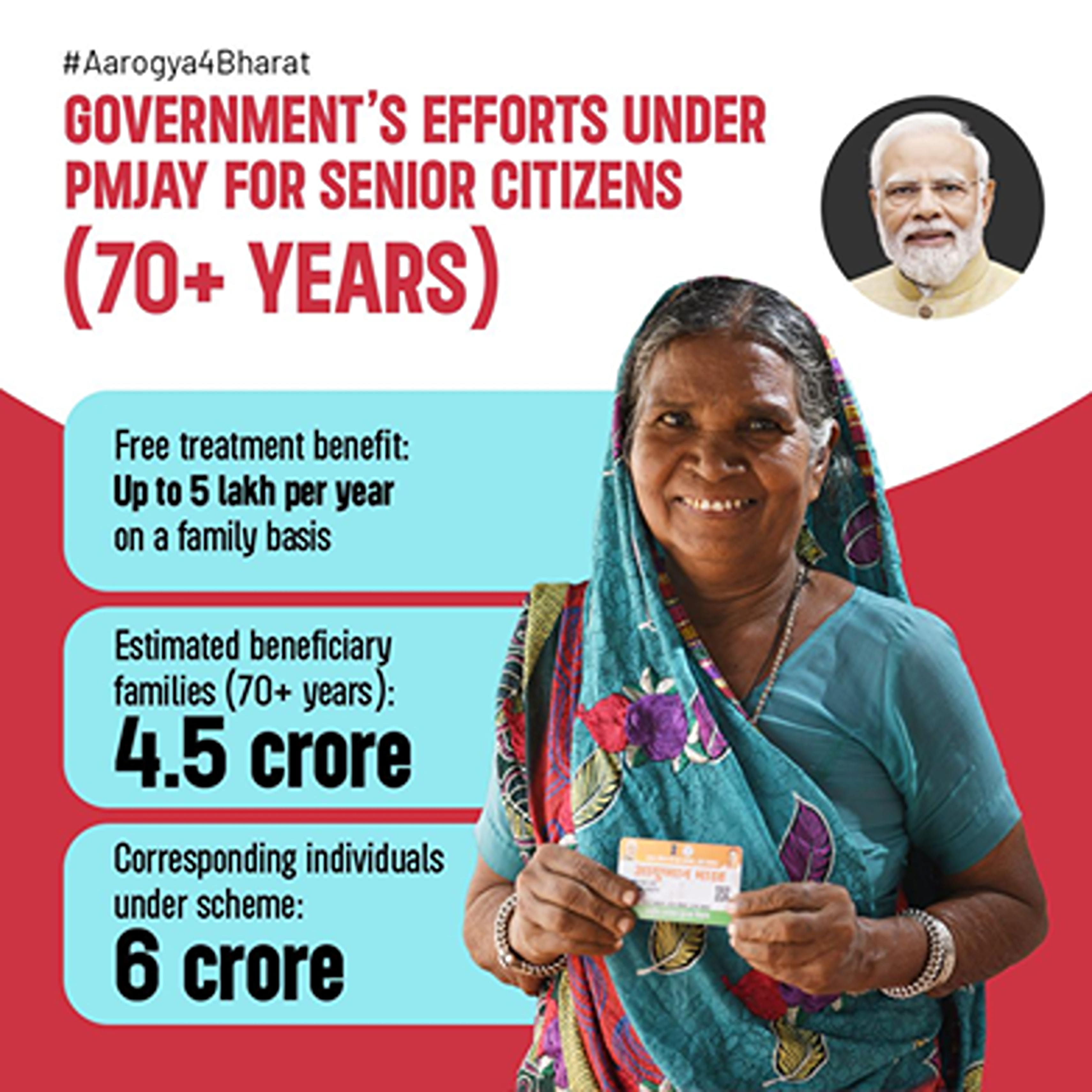His Excellency, the Prime Minister of Israel, His Excellency, the Prime Minister of the Netherlands, Honourable Ministers from around the world, my Cabinet colleagues, Chief Ministers, Lieutenant Governors and distinguished guests, I thanks HisExcellency,thePrimeMinisteroftheNetherlands for sharinghis message,
It is wonderful to see all of you as part of the third edition of REINVEST. In the earlier editions, we spoke about our plans for a journey from megawatts to gigawatts in renewable energy. We also spoke about “One Sun, One World One Grid” to leverage solar energy. In a short time, many of these plans are becoming a reality.
Friends,
In the last 6 years, India is travelling on an unparalleled journey. We are expanding our generation capacity and network to ensure every citizen of India has access to electricity to unlock his full potential. At the same time, we are rapidly expanding generation of energy through renewable sources. I would like to give you some facts.
Today, India’s renewable power capacity is the 4th largest in the world. It is growing at the fastest speed among all major countries.The renewable energy capacity in India is currently 136 Giga Watts, which is about 36 per cent of our total capacity.By 2022, the share of renewable capacity will increase to over 220 Giga Watts.
You would be happy to know that our annual renewable energy capacity addition has been exceeding that of coal based thermal power since 2017.In the last 6 years, we increased our installed renewable energy capacity by two and half times.In the last 6 years, the installed solar energy capacity has increased 13 times.
Friends,
India’s progress in the field of renewable energy is an outcome of our commitment and conviction in fighting climate change. Even when it was not affordable, we invested in renewable energy. Now our investment and scale is bringing costs down. We are showing to the world that sound environmental policies can also be sound economics. Today, India is among the very few countries to be on track to achieve the 2 degree compliance goal.
Friends,
Our transition to cleaner sources of energy has been driven by the approach of Access, Efficiency and Evolution. When I talk about providing access to electricity, you can estimate its scale in the numbers. In the last few years over 2.5 crore or 25 million householdswere provided electricity connections. When I talk about energy efficiency, we have not limited this mission only to one ministry or department. We have ensured that it becomes a target for the entire government. All our policies have a consideration of achieving energy efficiency. This includes LED bulbs, LED street-lights, smart-metres, push to Electric Vehicles and decreasing transmission losses. When I talk about energy evolution, with PM-KUSUM we are aiming to power our agriculture sector by providing solar based power to irrigate the fields.
Friends,
India is progressively becoming a preferred destination for investment in renewables. In the last 6 years, nearly Rs 5 lakh crores or over 64 billion dollars investment has been made in renewable energy sector in India. We want to make India a global manufacturing hub in the renewable energy sector.
I will give you several reasons why you should invest in the sector of renewable energy in India. India has a very liberal foreign investment policy for renewables. Foreign investors can invest on their own or collaborate with an Indian partner to set up renewable energy-based power generation projects. India is progressively focusing on innovative bids for supplying 24 by 7 power from renewables. Solar-wind hybrid projects have been successfully explored.
The demand for domestically manufactured solar cells and modules is likely to be around 36 Gigawatt over next three years. Our policies are in line with the technology revolutions. We are proposing to launch a comprehensive National Hydrogen Energy Mission. After the success of PLI in electronics manufacturing, we have decided to give similar incentives to high efficiency solar modules. Ensuring “Ease of doing business” is our top priority. We have established dedicated Project Development Cells and FDI cells in all Ministries to facilitate investors.
Today, every village and almost every household in India has access to electricity. Tomorrow, their energy demand will increase. Thus, demand for energy in India will keep growing. There are hugerenewable energy deployment plans for the next decade. These are likely to generate business prospects of the order of around 1.5 lakh crore rupees or 20 billion dollars per year. This is a big opportunity to invest in India. I invite investors, developers and businesses to join India’s renewable energy journey.
Friends
This event connects the renewable energy stakeholders in India with the best of the global industry, policy makers and academia. I am confident that this conference will have fruitful deliberations which will help India steer into a new energy future.
Thank you.























